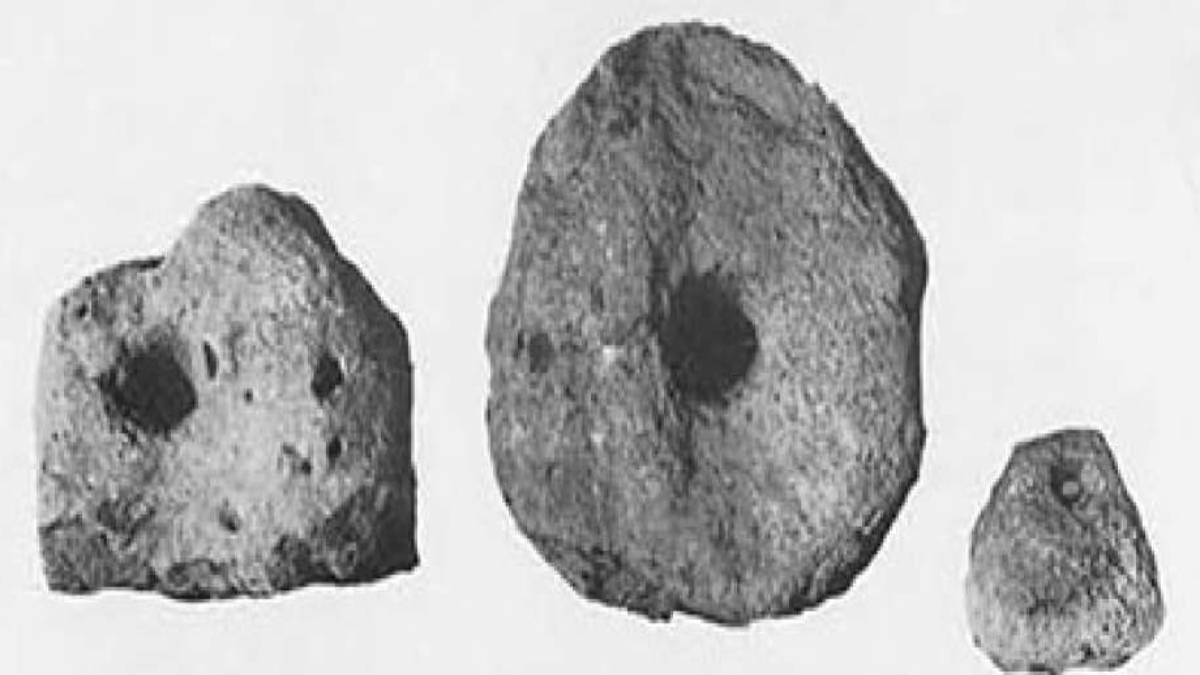


The geographical features of a country play a pivotal role in determining the social and cultural traits of its people. It also helps in determining the trading nature of a community to some extent. From a look at the physical features of India, it is clear that no other country in the world is better marked out by nature as a region by itself than India. Protected by the high Himalayan ranges in the north and sea-girt in the south, it would seem that India would remain in its natural isolation, cut-off from the rest of the world. Yet various archaeological artefacts and the literary evidence point at thriving trade relationships with foreign countries that started from the proto-historic Harappan era. India has always been a trading nation offering to the world its much-treasured commodities such as spices, steel, jewels, medicinal drugs, perfumes, and fine cotton.

 Disha Kaka Boat with Direction Finding Birds, model of Mohenjodaro seal, 3,000 BCE. National Museum, New Delhi
Disha Kaka Boat with Direction Finding Birds, model of Mohenjodaro seal, 3,000 BCE. National Museum, New Delhi Model of a Chola (200-848 CE) ship’s hull, built by the ASI, based on a wreck 19 miles off the coast of Poombuhar, displayed in a Museum in Tirunelveli. Wikimedia Commons
Model of a Chola (200-848 CE) ship’s hull, built by the ASI, based on a wreck 19 miles off the coast of Poombuhar, displayed in a Museum in Tirunelveli. Wikimedia Commons